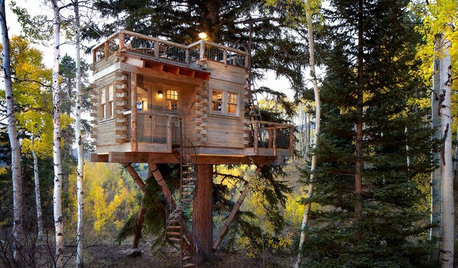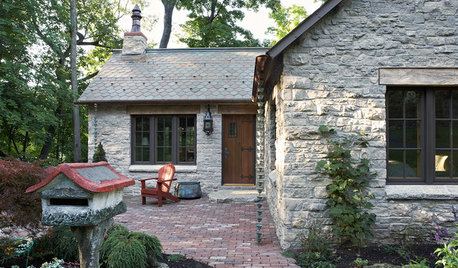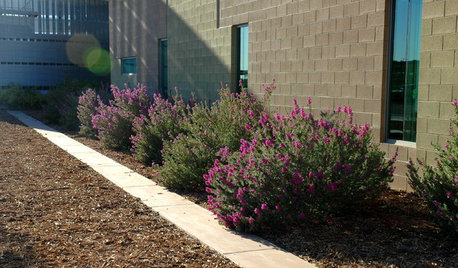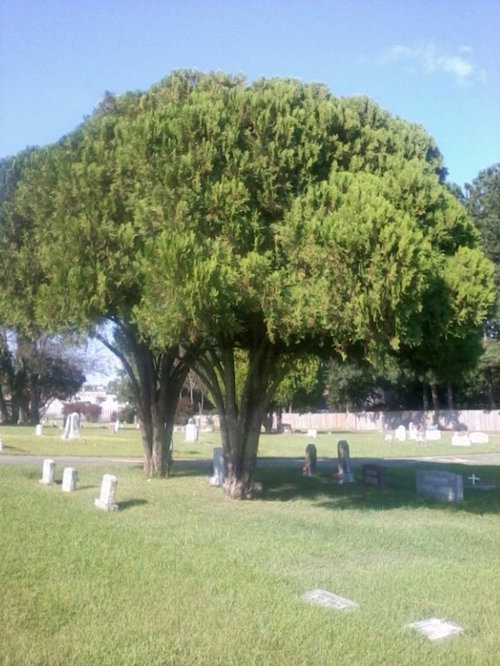Im sorry but what is this multi trunked tree/shrub called again?
tlbean2004
9 years ago
Related Stories

TREE HOUSESHouzz Call: Show Us Your Well-Designed Treehouse or Tree Fort!
Got a great treehouse or tree fort? We want to see it! Post yours in the Comments and we’ll feature the best in a future article
Full Story
HOLIDAYSHouzz Call: Show Us Your Christmas Tree!
How lovely are your branches? Post a picture and share your stories
Full Story
FALL GARDENINGHouzz Call: Show Us Your Fall Color!
Post pictures of your fall landscape — plants, leaves, wildlife — in the Comments section. Your photo could appear in an upcoming article
Full Story
STUDIOS AND WORKSHOPSHouzz Call: Show Us Your Hardworking Studio!
Upload a photo of your home studio or workshop and tell us how you’ve designed it to work extra hard for you
Full Story
WINTER GARDENING6 Reasons I’m Not Looking Forward to Spring
Not kicking up your heels anticipating rushes of spring color and garden catalogs? You’re not alone
Full Story
GREEN BUILDINGHouzz Call: What Have You Salvaged for Home Use?
If your floors, furniture, exterior materials or other home elements have a past life, we'd like to hear the story
Full Story
GARDENING GUIDESHow to Avoid Overcrowded, Overpruned Shrubs
Go for a more natural look that’s easier and less expensive to maintain by giving your plants the right amount of growing room
Full Story
GARDENING GUIDES10 Drought-Tolerant Shrubs That Thrive in Full Sun and Reflected Heat
Got a hot spot in your garden where plants often die? Try these tough shrubs that add beauty while shrugging off the heat
Full Story
GARDENING GUIDESWhat Are Your Spring Gardening Plans?
Tearing out the lawn? Planting edibles? Starting from scratch? Tell us what you plan to change in your garden this year
Full Story
FUN HOUZZHouzz Call: Tell Us About Your Dream House
Let your home fantasy loose — the sky's the limit, and we want to hear all about it
Full Story









Smivies (Ontario - 5b)
coachjohnsonlp
Related Professionals
Bridgetown Landscape Architects & Landscape Designers · Graham Landscape Architects & Landscape Designers · Waterbury Landscape Contractors · Addison Landscape Contractors · Broadlands Landscape Contractors · Dedham Landscape Contractors · Downey Landscape Contractors · Mahwah Landscape Contractors · Medford Landscape Contractors · Middletown Landscape Contractors · Ocoee Landscape Contractors · Panama City Beach Landscape Contractors · Seymour Landscape Contractors · Southbury Landscape Contractors · Washington Landscape ContractorsEmbothrium
treeguy123
Embothrium
treeguy123
Embothrium
treeguy123